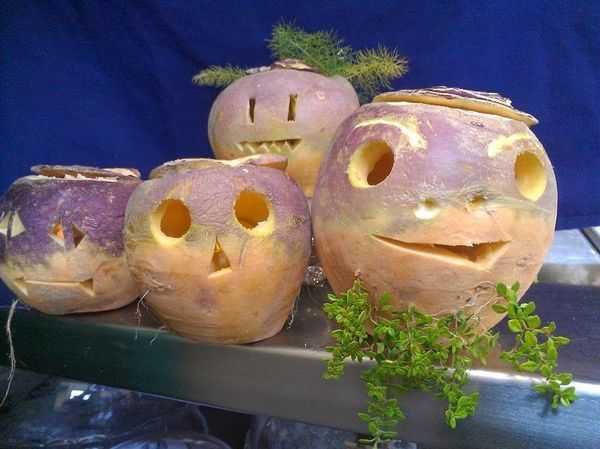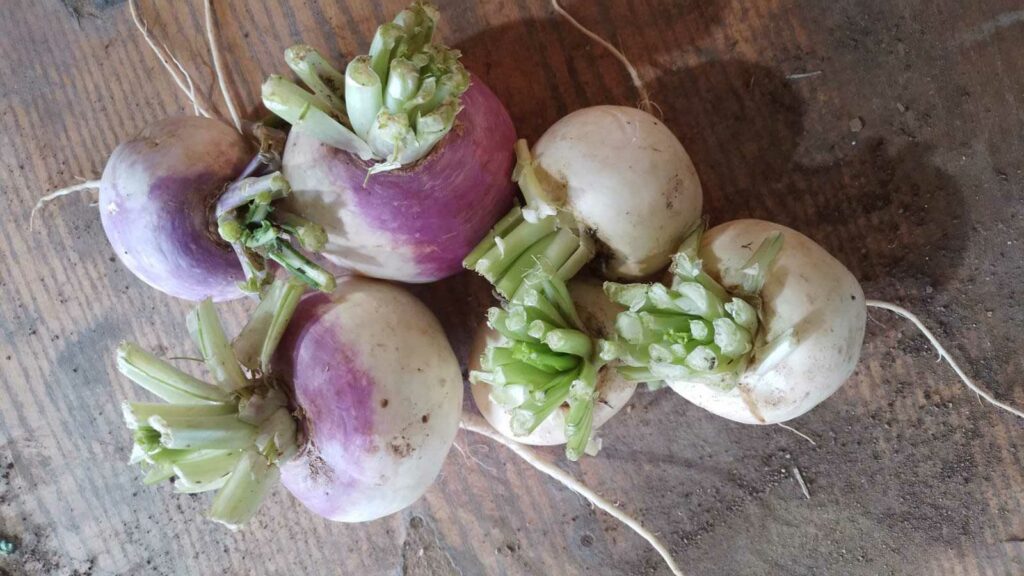The Night, It Lasted a Lifetime
Afterwards, the door opened
And the sun, like a good doctor Invited me to enter
out
It tapped my back, the sun
Breathe deep
All clear, he said
Shining light into me
To my depths
Still, he prescribes
Lots of soil and water
And once a day, to lift my gaze
And focus on the light
to tears
Sivan Har Shefi
(English: Aliza Raz-Melzer)
_____________
When I was a child, my classmates at school were the old-fashioned, innocent type, and the stories we read were in old-time, vintage Hebrew with naive drawings in bright colors. I don’t remember any of the characters from one particular story, but I do recall that it was about turnips. The children in the story sowed turnips in the garden, or ate them for lunch. I can’t remember the plot, but I vividly recall our astonishment and wonder as children: what is this turnip?! It looked to us like some exotic European vegetable, grown in harsh winters (maybe the children in the painting were wearing coats?) with a heavenly taste (the children evidently looked pleased with their meal).
It turns out that the turnip is a popular, well-loved vegetable that stars in many stories, even beyond my childhood turnip tale. For example, the classic Hebrew story “Eliezer and the Carrot” is the tale of a huge turnip that requires the entire family and household animals to band together to yank it from the earth. The story of “Jack-‘O-Lantern” (the source of the Halloween ritual of placing a lit candle inside a carved pumpkin) is based on an Irish folktale of “Stingy Jack,” who was cursed by the devil to roam the earth with a burning coal inside a carved-out turnip.

Another story, penned by the Brothers Grimm, tells of two brothers, one rich, the other poor. The poor brother grew a massive turnip in his garden which he had no idea what to do with, so he brought it as a gift for the king. The king was so delighted that he sent the gardener home laden with treasures and gold. When the rich brother heard, he was overcome with jealousy and came to the king himself with wealth in hand: gold and horses. The king was so delighted with the second brother’s gift that to thank him, he bestowed upon him one of his most recent treasures: a giant turnip… Indeed, the turnip deserves a place of honor, and not only in legends – it really is a great vegetable. But, alas, it’s quite under-estimated, perhaps because its taste is delicate and not as strong and prominent as other vegetables. This is a true shame, because maybe we get so accustomed to tasting mainly intense flavors that we give up and miss out on much subtler, hinted, elusive, quiet flavors. Like those who do not take the front stage – filled with the shrill-voiced, glittering- attired – but sometimes truly hold within themselves a treasure…
The turnip is an ancient domesticated crop that was known in gardens of old in Greece, Rome, China, and ancient Egypt, after originating in China, Central Asia and the Near East. In Israel, turnips have been grown for some 2000 years, at least since the era of the Mishnah, which repeatedly mentions turnips as a common garden vegetable. In his book The Origin of Words, Avraham Shtal notes that the word “turnip” was apparently a general term for all vegetables, not merely the turnip we know today. Vegetables were once eaten together with bread to season and pique its taste.
Turnips belong to the prominent Brassicaceae family, the cruciferous = cauliflower = mustard, along with such cousins as cabbage, broccoli, cauliflower, kohlrabi, arugula, mustard greens, radishes and more. Like its family members, the turnip loves a cool winter climate, which slows its breathing and expands its volume of carbohydrate reserves, a process which improves taste. Unstable conditions will produce woody roots and a sharp flavor, and turnips will turn bitter in weather that’s too hot or dry. Perhaps this is also why turnips are harbingers of a real winter in Israel. The plants develop thickened roots and a fancy rosette of leaves on their crowns, similar to radishes. There are spherical, round, flattened and skewered turnip varieties, sporting a white, pink, purple or yellow hue.

In Israel, we mainly eat the turnip root, but in the Far East and the Southern U.S., turnip greens are also devoured with pleasure. Certain turnip varieties have been developed especially for their greens (similar to beetroots and beet greens). The turnip root is eaten raw, boiled or pickled, and the greens are cooked like spinach. In some countries, oil is extracted from turnip seeds.
The turnip also boasts medicinal uses. Assaf the Physician (Assaf Harofe Ben Brakhiyahu who lived in 6th century Tiberias) singled out the turnip’s greens and seeds for praise: “The greens will be useful for all mental distresses and for malaria, while its seeds will be useful in treatment of pain and all sorts of ailments that lead to death.”
However, even the juice produced from the root itself is cited in folk medicine as beneficial in treating coughs, hoarseness, mucous build-up, and dryness of the nose and mouth. In natural medicine, turnip juice is used to treat malaise as well as kidney stones. Turnip juice is extracted from the root – half a kilo of roots makes one glass of juice. Half a kilo of squeezed turnip greens will make half a glass of juice.
At Chubeza, over the past few years we have been growing the familiar type of turnip, topped by a purplish stain, in addition to a special type – a white, round and very sweet turnip. Even confirmed turnip haters have got to try this one!

L’hitraot and B’tayavon,
Alon, Bat-Ami, Dror, Orin and the entire Chubeza team
_________________________________________________
WHAT’S IN THIS WEEK’S BOXES?
Monday: Cabbage/cauliflower, lettuce, kohlrabi/fennel/turnips, beets, broccoli, sweet potatoes, parsley/coriander/dill, tomatoes, cucumbers.
Small boxes only: Green or yellow string beans/Jerusalem artichokes/snow peas, scallions/fresh onions.
Large box, in addition: Carrots, celery/celeriac, baby radishes/daikon, Swiss chard/kale/tatsoi, arugula.
FRUIT BOXES: Kiwi/bananas, oranges/clementinas, avocados, red or yellow apples/pears, red grapefruit/pomelit.
Wednesday: Cabbage/cauliflower, lettuce, kohlrabi/baby radishes/daikon, fennel/beets, broccoli/red long peppers, parsley/coriander/dill, tomatoes, cucumbers, green or yellow string beans/Jerusalem artichokes/carrots, Swiss chard/kale.
Small boxes only: sweet potatoes.
Large box, in addition: Scallions/fresh onions, celery/celeriac, tatsoi/arugula, turnip.
FRUIT BOXES: Kiwi/bananas, oranges/clementinas, avocados, red or yellow apples/pears, red grapefruit/pomelit.
